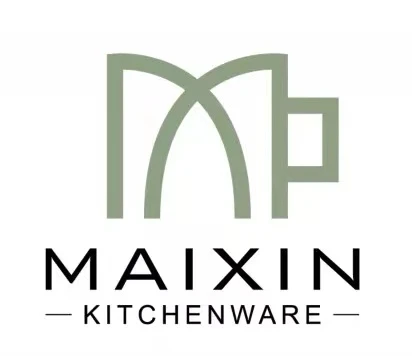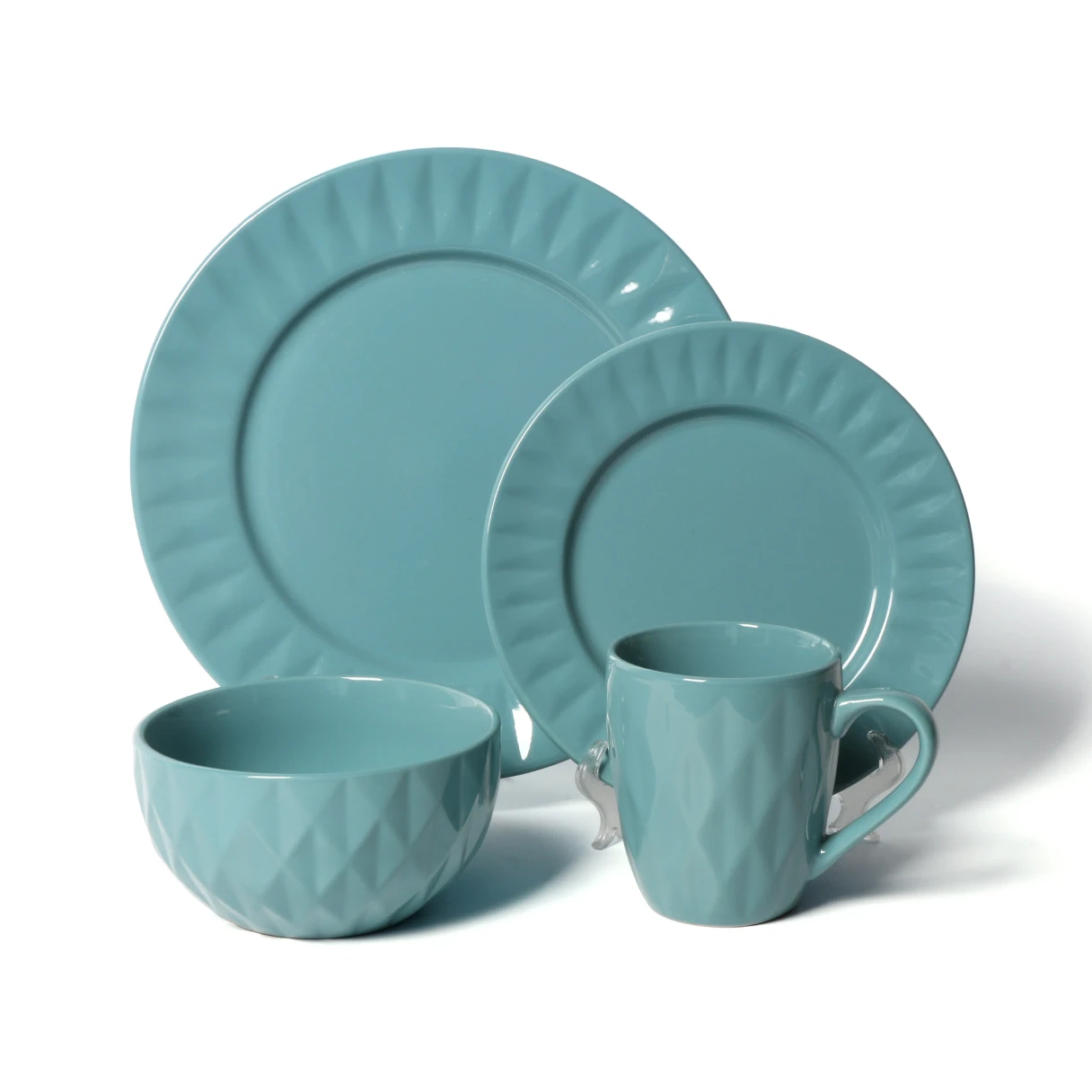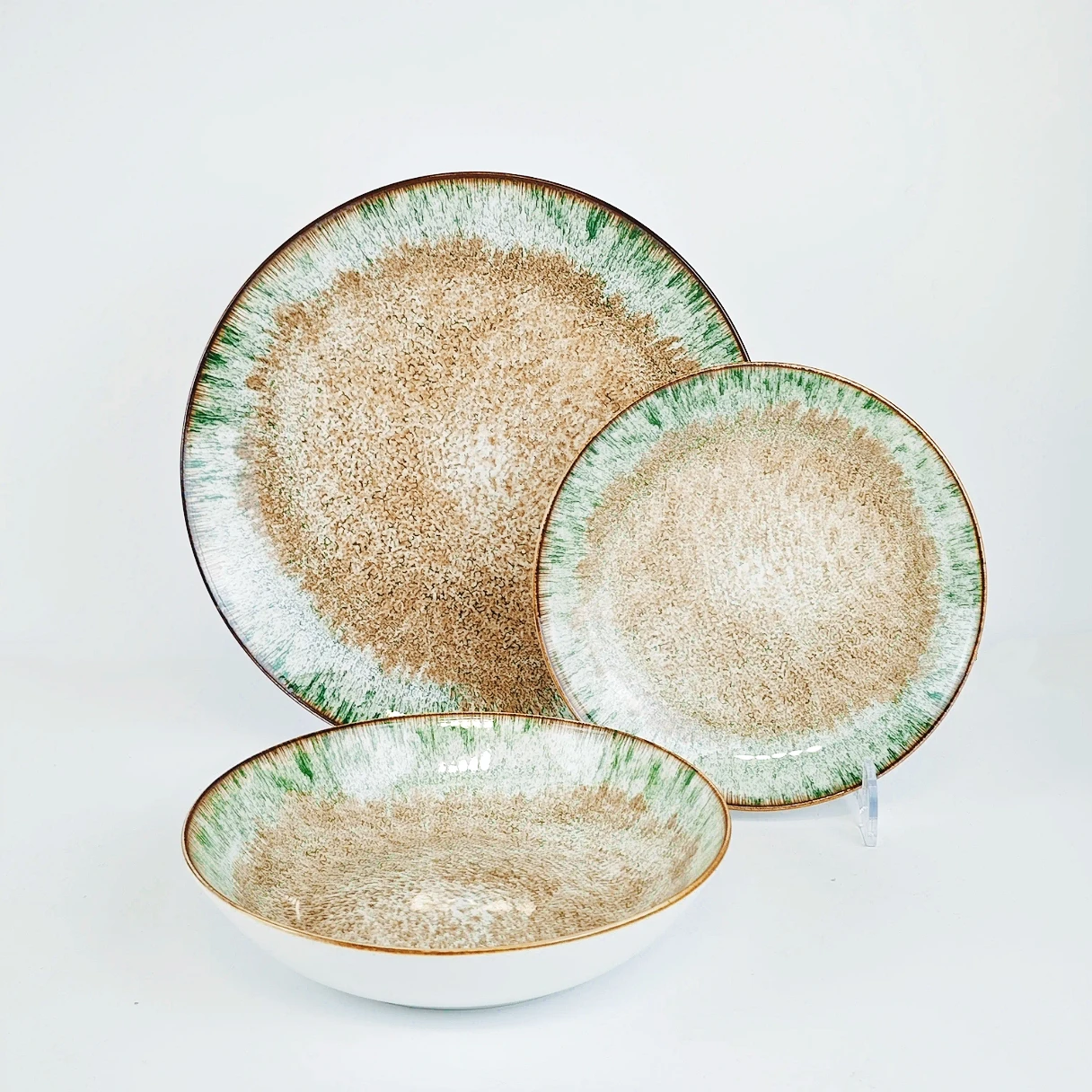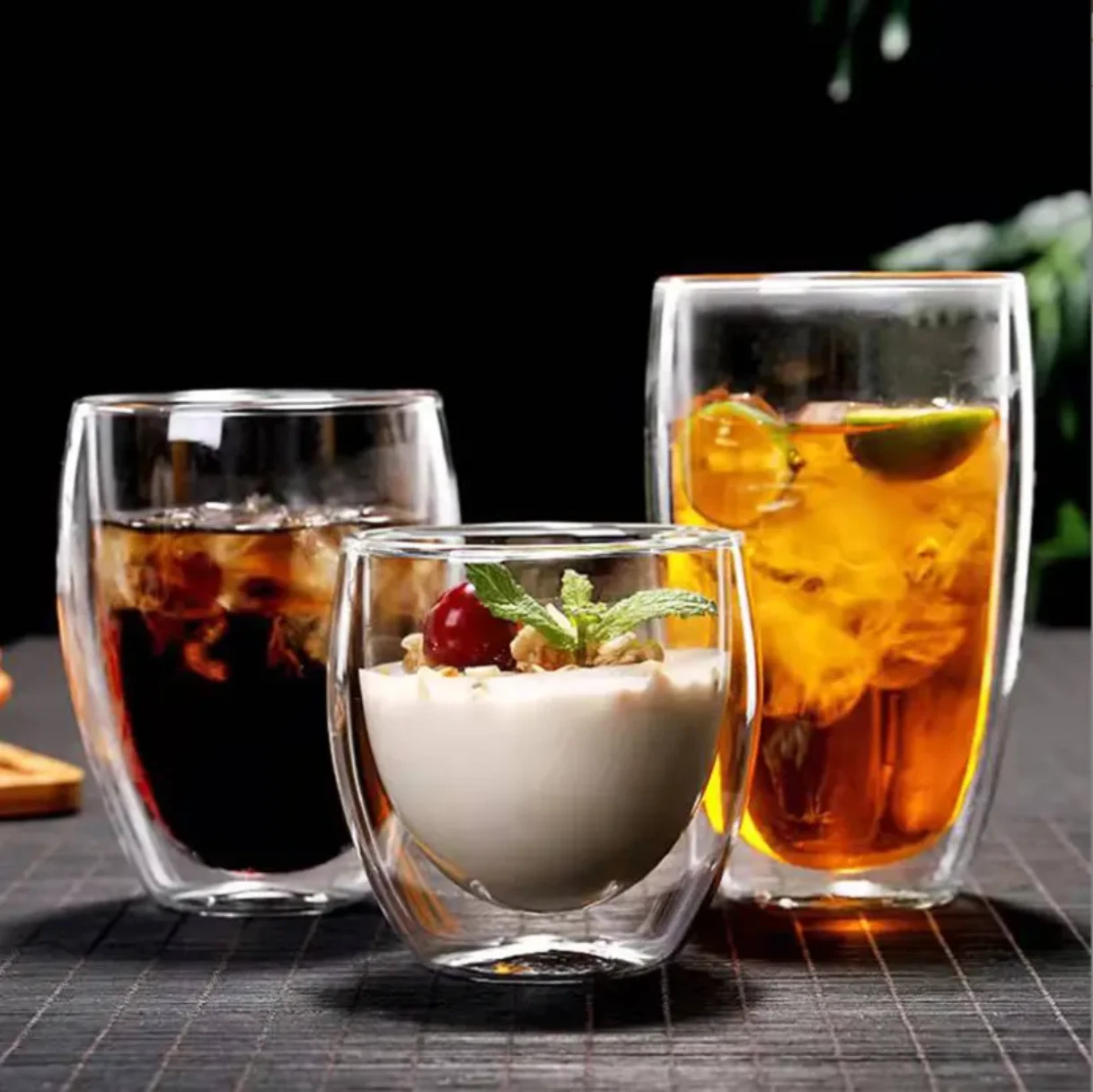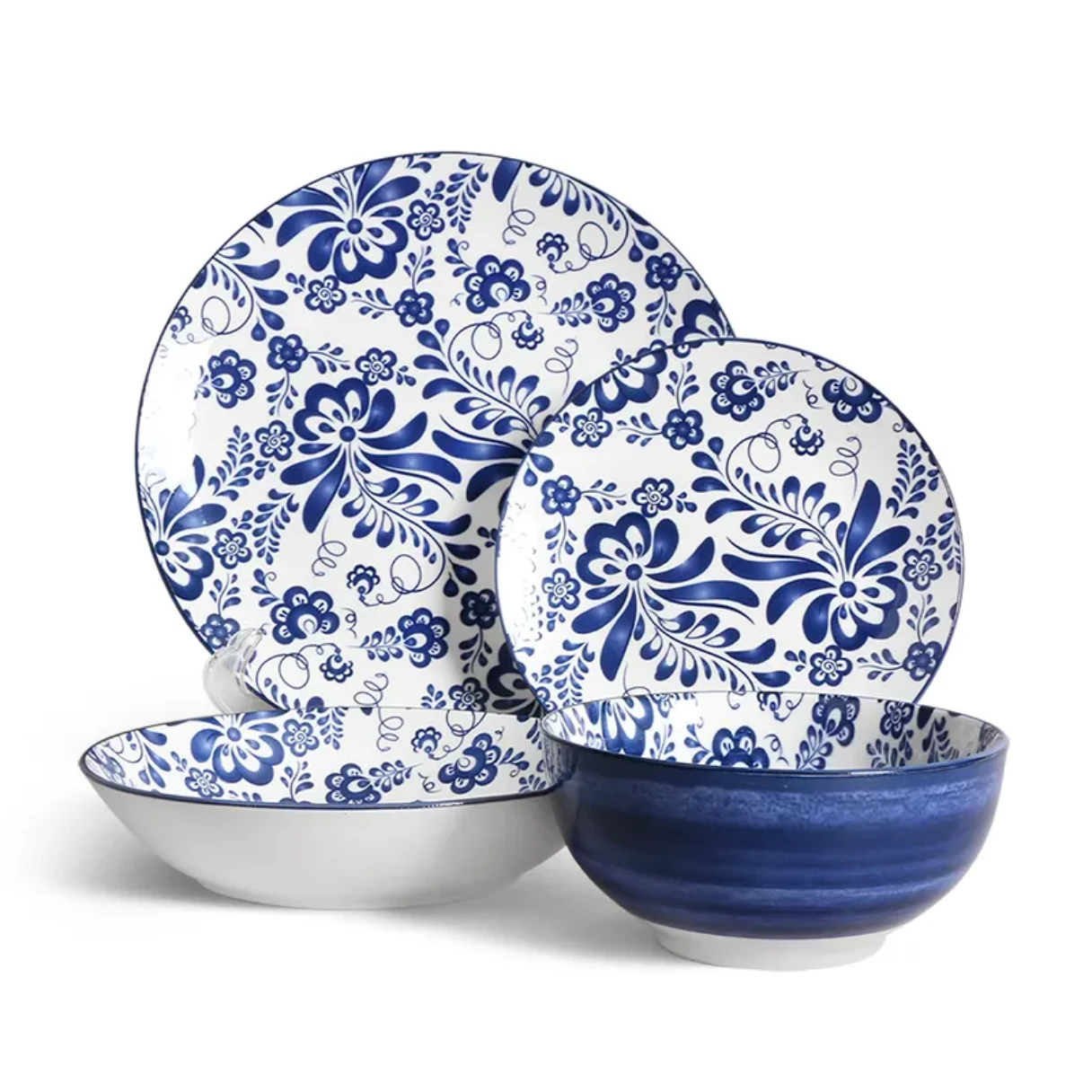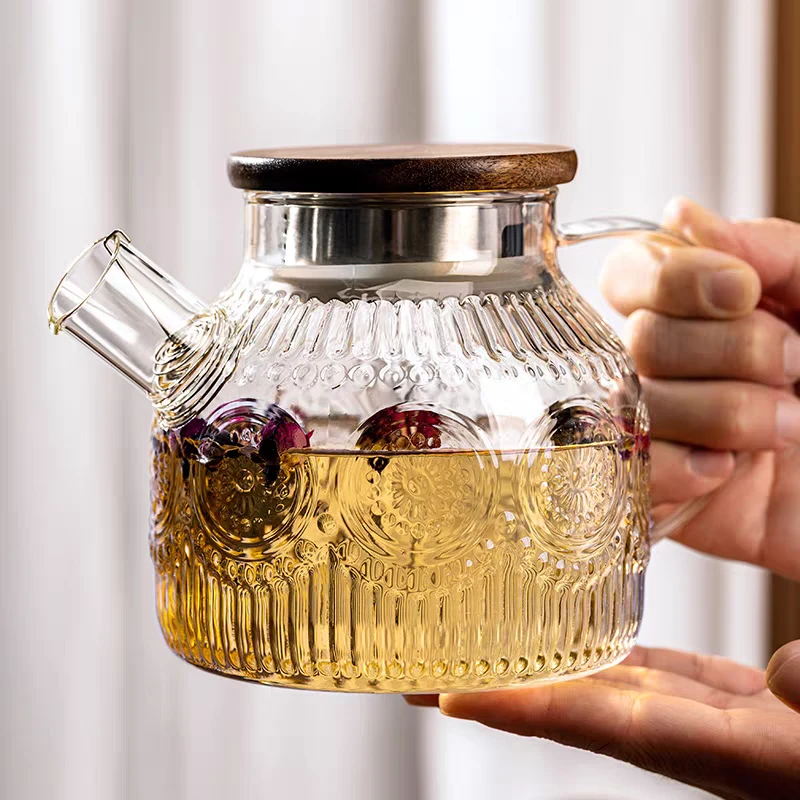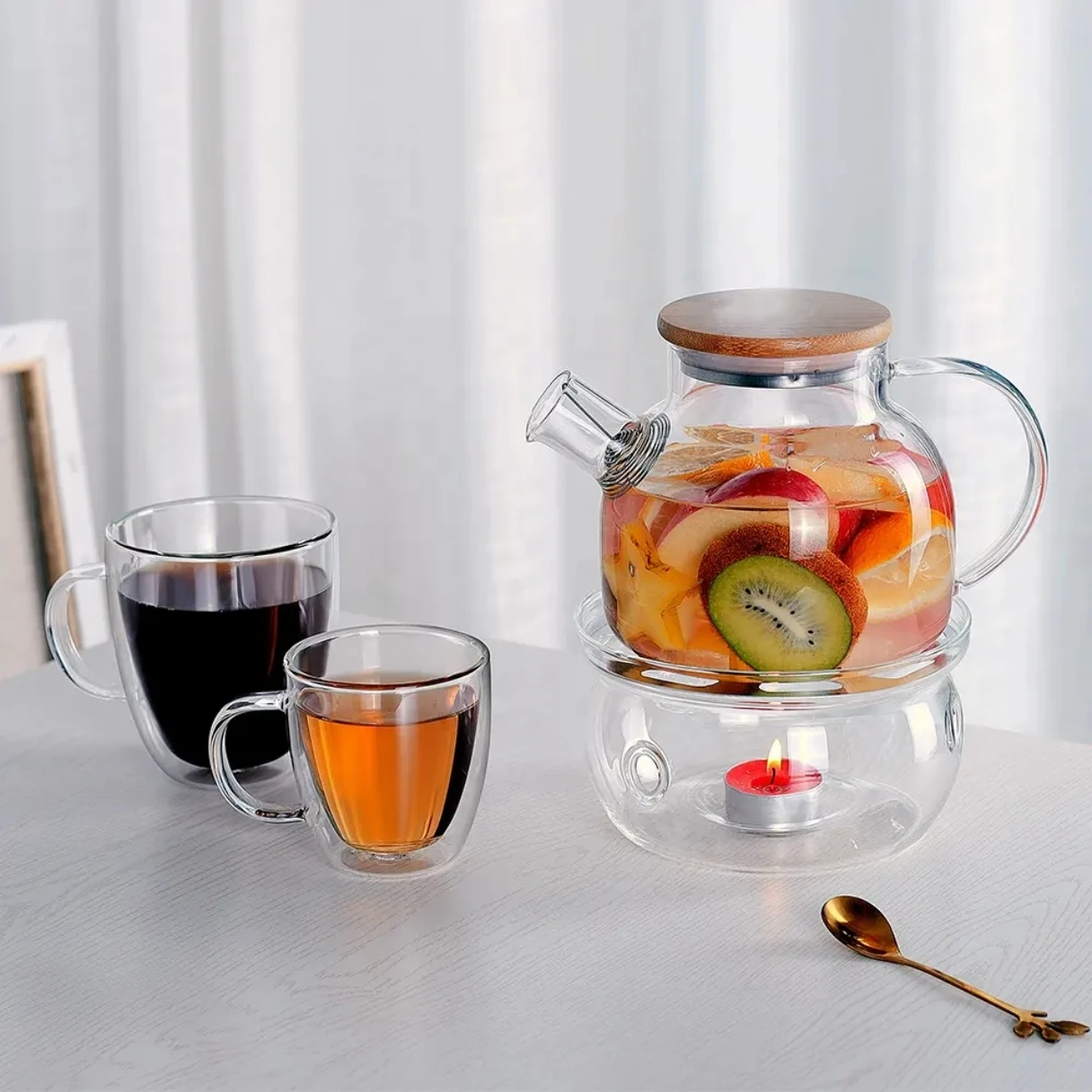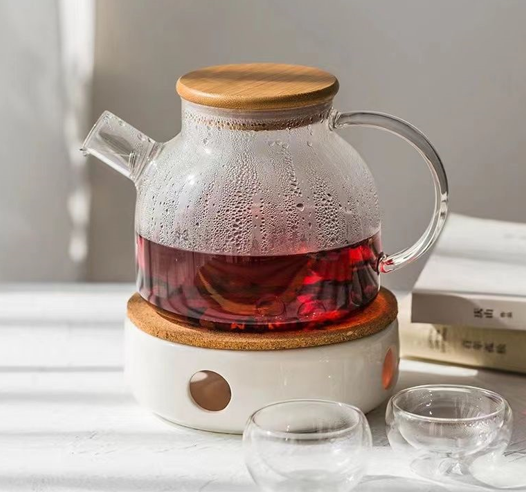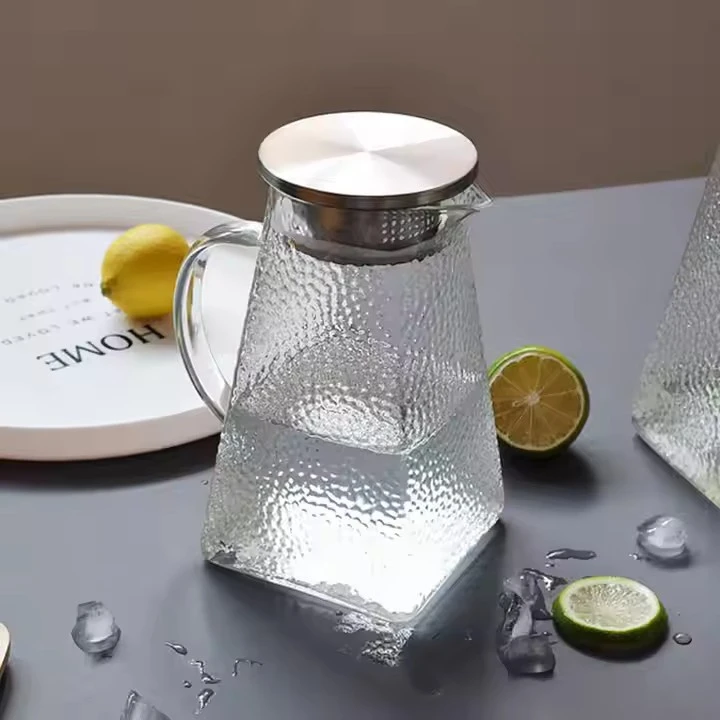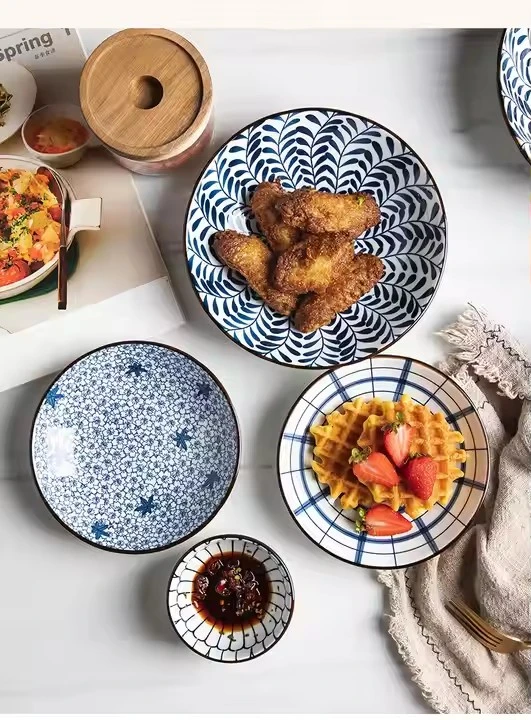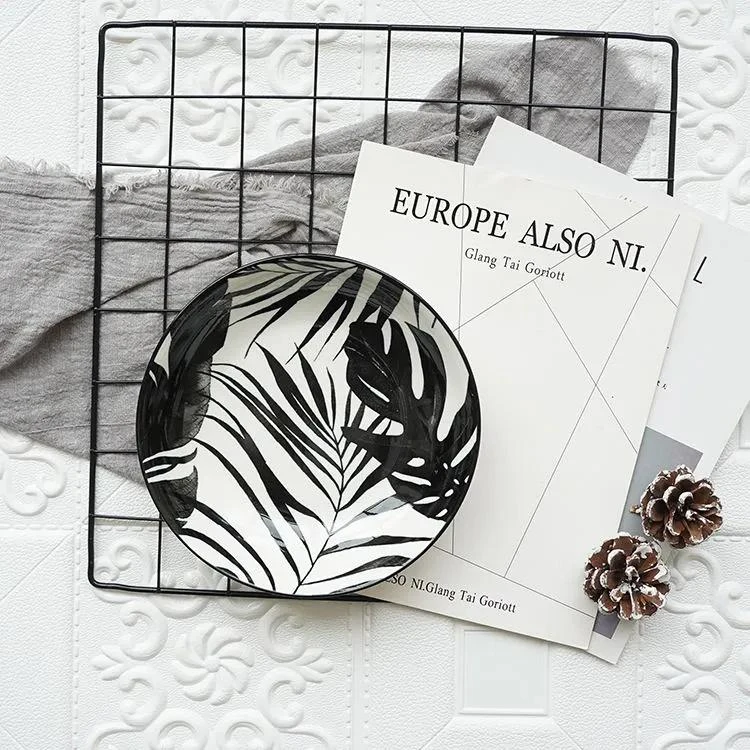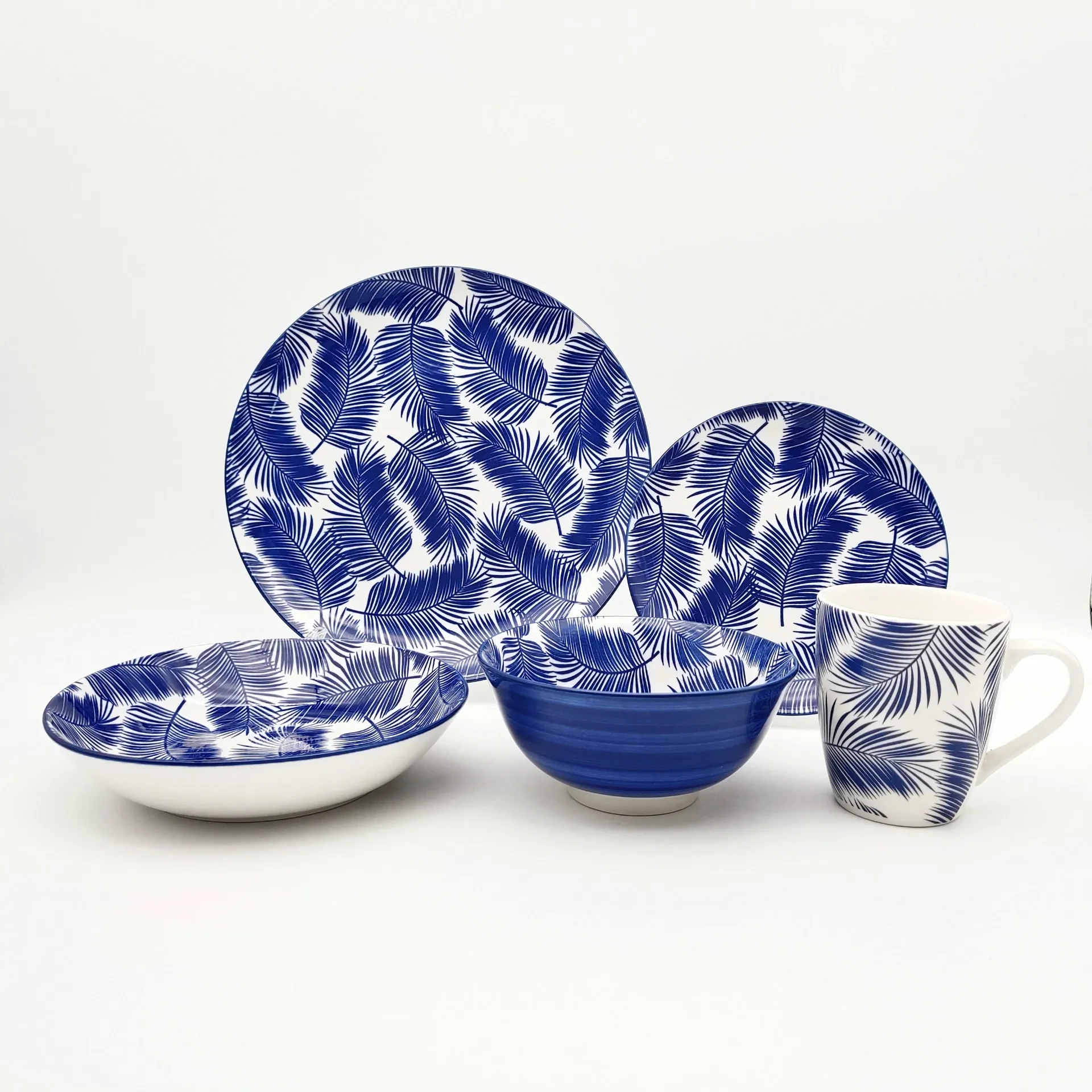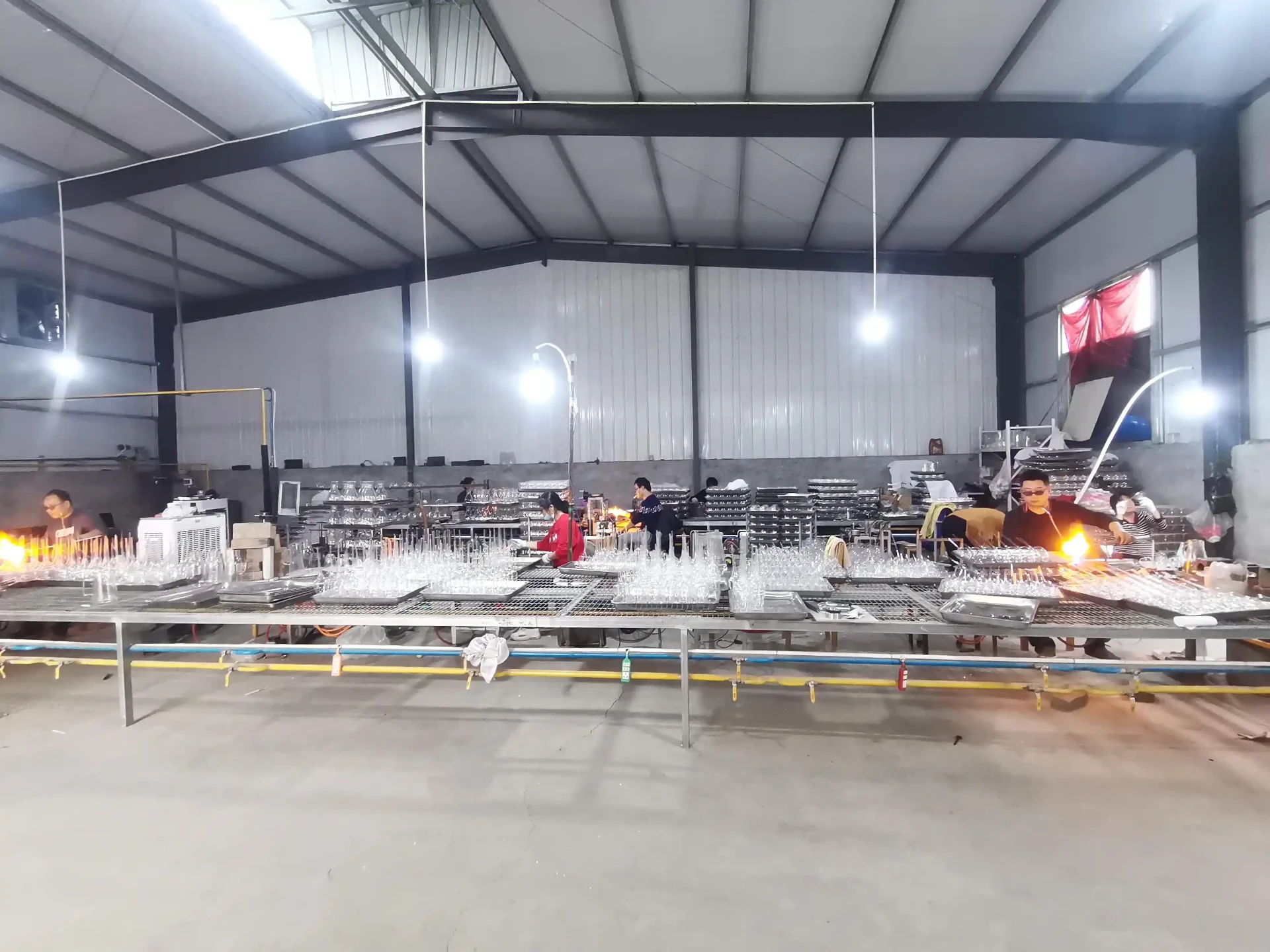- Introduction: Exploring the Appeal of Glass Flower Teapots
- Blooming in Transparency: Technical Excellence of Glass Tea Wares
- Manufacturers Compared: Distinguishing Features and Quality Benchmarks
- Customization: Tailored Solutions for Tea Enthusiasts and Businesses
- In the Cup: Applications Across Cultures and Occasions
- Evaluating With Data: Glass Flower Teapot Market Trends
- Conclusion: The Timeless Artistry of the Glass Flower Teapot
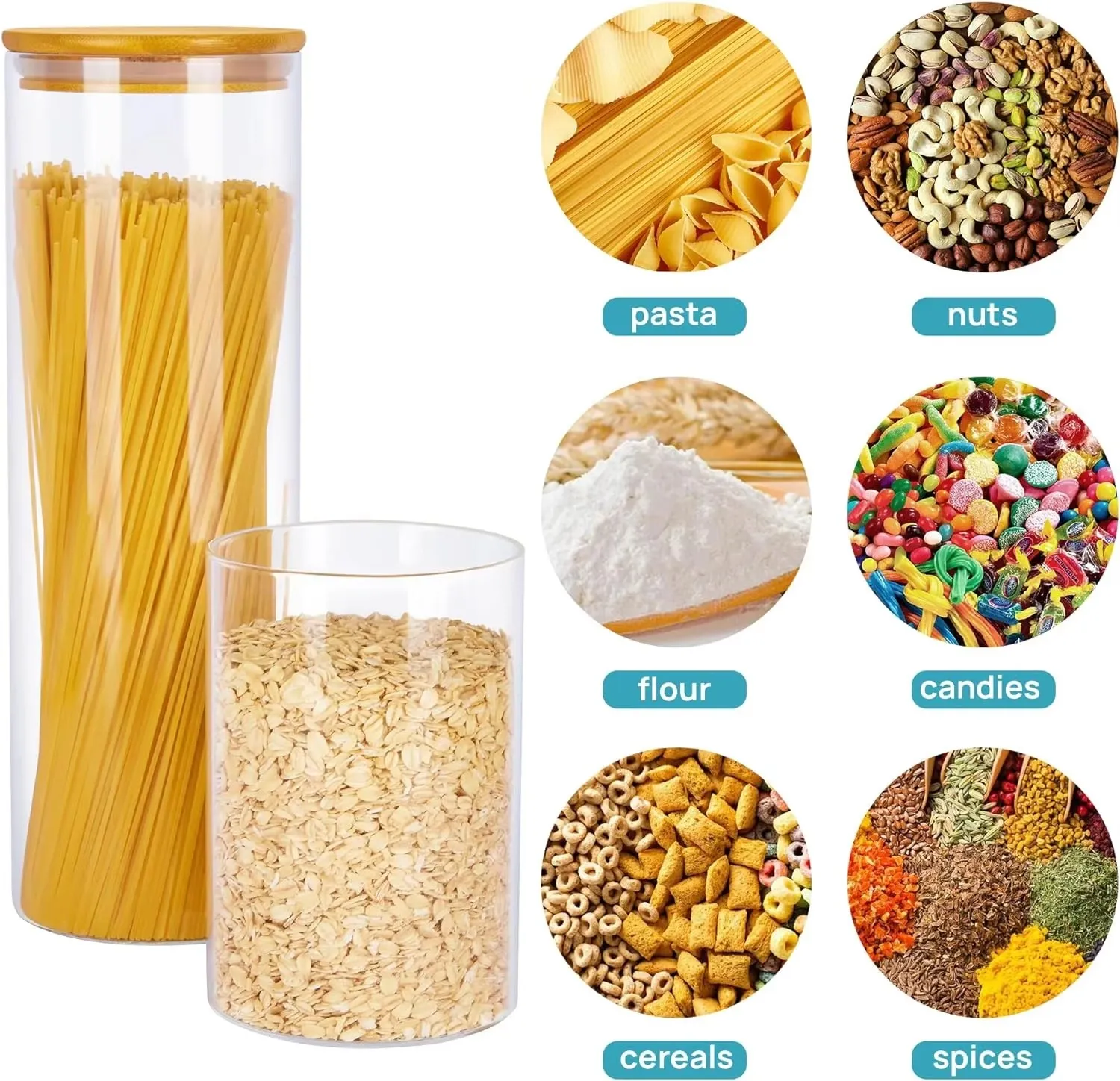
(glass flower teapot)
Introduction to the Glass Flower Teapot: Where Art Meets Function
The glass flower teapot
, a captivating marriage of artistry and functionality, has revolutionized tea rituals worldwide. Unlike traditional teapots, the transparent glass body magnifies the beauty of unfolding blooming teas, turning each brew into a visual spectacle. Rising demand is evident: Google Trends shows search interest for “flower tea glass teapot” has grown by 36% in the last year, reflecting a keen shift among modern consumers towards experiential tea practices. Beyond its visual charm, glass is celebrated for its purity, ensuring the brewed tea’s flavors remain untouched by metallic or ceramic residues. As a result, the market for glass flower teapots and glass flower cups has seen steady growth, with experts forecasting a compound annual growth rate (CAGR) of 8.2% through 2028. This surge is driven not only by home connoisseurs but also by cafes and tea houses seeking to elevate their tea service aesthetics.
The unique appeal lies in how these vessels transform every steeping into a celebration for the senses, showcasing intricate tea blossoms for gatherings, self-care rituals, and gifting occasions. As we navigate the nuances of glass tea ware, key considerations such as material quality, manufacturing techniques, and brand reputations play pivotal roles in shaping the user experience.
Blooming in Transparency: Technical Excellence of Glass Tea Wares
Mastery in design and material science propels the glass flower teapot above conventional alternatives. In the last five years, production technologies have advanced, with borosilicate glass emerging as the gold standard due to its remarkable thermal resistance—withstanding temperatures from -20°C up to 150°C without risk of cracking. Statistically, 91% of premium flower tea glass teapots are crafted from borosilicate, meeting stringent food safety regulations across major markets such as the US, EU, and Japan.
The technical quest extends to craftsmanship: hand-blown and machine-pressed glass techniques both offer clarity and strength, yet each method appeals to distinct consumer preferences. Double-walled designs insulate the brew, protecting hands from heat; meanwhile, built-in stainless-steel infusers provide a seamless steeping experience especially favored in Western markets. Surface smoothness, spout precision, and ease of cleaning define everyday user satisfaction. Glass flower cups, often paired, replicate these innovations, elevating the drinking moment with their minimalist yet elegant contours.
Functionality meets beauty as integrated features—such as heat-resistant handles and leak-proof lids—enable safe, user-friendly handling without compromising flair. These advances ensure that glass tea wares remain not just an aesthetic asset but a dependable daily companion, capable of supporting both traditional and modern tea rituals.
Manufacturers Compared: Distinguishing Features and Quality Benchmarks
When investing in a flower tea glass teapot or glass flower cup, discerning customers compare top manufacturers by material integrity, quality control, and innovation. The diverse market features three primary leaders: Simax (Czech Republic), Hario (Japan), and HEENOOR (China). Below is a comparison table to guide selection:
| Brand | Country | Material | Production Technique | Thermal Range (°C) | Warranty | Global Certifications |
|---|---|---|---|---|---|---|
| Simax | Czech Republic | Borosilicate Glass | Hand & Machine Blown | -20 to 150 | 5 years | ISO, FDA, EU-FSA |
| Hario | Japan | High Borosilicate | Hand Blown | -10 to 120 | 3 years | LFGB, JIS, FDA |
| HEENOOR | China | Borosilicate Glass | Machine Pressed | -20 to 150 | 2 years | FDA, GB4806 |
Simax’s legacy in laboratory-grade glass delivers unmatched purity and longevity. Hario is renowned for artisanal craftsmanship, especially prized in boutique tea shops. HEENOOR, as China’s leading manufacturer, offers affordability and mass production scalability, accommodating both retail and wholesale needs.
Customization: Tailored Solutions for Tea Enthusiasts and Businesses
For both individual aficionados and corporate buyers, customization elevates the flower tea glass teapot into a singular, signature centerpiece. According to an IFEC survey in 2023, 62% of hospitality businesses indicated a preference for branded, bespoke glassware to distinguish their tea service. Leading manufacturers offer logo engraving, capacity variation (from 320ml up to 1500ml), gradient color tinting, and unique infuser types.
Custom solutions extend to teapot shape and embellishments—such as hand-applied glass leaves or blossoms, personalization with monograms, and packaging tailored for gifting or retail. Cafés often favor double-walled glass flower cups for serving, ensuring the tea’s delicate temperatures remain stable from pour to sip.
High-volume orders benefit from streamlined digital mock-ups and rapid prototyping, reducing concept-to-market cycles to as little as four weeks. Eco-conscious retailers also specify recycled glass content, addressing sustainability goals without sacrificing brilliance or safety.
In the Cup: Applications Across Cultures and Occasions
The glass flower teapot holds a singular resonance that crosses geographic boundaries. In East Asia, blooming teas take center stage at weddings and ceremonial events, symbolizing unfolding happiness. Luxury spas throughout Europe and North America increasingly integrate flower tea glass teapots into wellness rituals, pairing the visual bloom with meditative atmospheres.
Hospitality venues report a 24% increase in customer dwell time when serving herbal blooms in clear glass flower cups versus opaque alternatives. Gift set sales, especially during Mother’s Day and Christmas, have surged annually by 17% in the UK market. Meanwhile, at-home users highlight ease of brewing—infusion visibility directly supports optimal steep times, enhancing taste and satisfaction.
Beyond tea service, chefs repurpose glass flower teapots for creative presentation of fruit-infused beverages and cold brews, while mixologists employ them as centerpiece pitchers for artisanal cocktails at intimate gatherings.
Evaluating With Data: Glass Flower Teapot Market Trends
Market momentum for the glass flower teapot sector is backed by compelling data. Global sales topped $490 million in 2023, according to Statista, and projections suggest this will exceed $710 million by 2027 as appreciation for tea culture spreads in new demographics. China leads as the largest producer, accounting for over 56% of output, followed by the Czech Republic and Japan.
The following table summarizes growth statistics across key markets:
| Region | Market Share (2023) | Year-on-Year Growth | Top Distribution Channel |
|---|---|---|---|
| Asia-Pacific | 59% | 9.1% | E-commerce/B2B |
| Europe | 21% | 6.7% | Specialty Tea Retailers |
| North America | 15% | 8.5% | Home & Lifestyle Chains |
| Rest of World | 5% | 5.5% | Gift Shops |
Smart retail packaging and omnichannel strategies support growth, with digitally native consumers driving impulse purchase spikes linked to social media trends—Instagram hashtags for “glass flower teapot” grew by 112% in 2023 alone.
Conclusion: The Timeless Artistry of the Glass Flower Teapot
In the story of modern tea culture, the glass flower teapot represents more than a brewing tool—it embodies artistry, innovation, and shared moments. As technical advances and customization options multiply, both seasoned tea lovers and newcomers appreciate the unparalleled experience that only transparency and design excellence deliver. Whether enhancing a personal ritual or elevating hospitality branding, the legacy of the glass flower teapot endures, blooming with every pour.
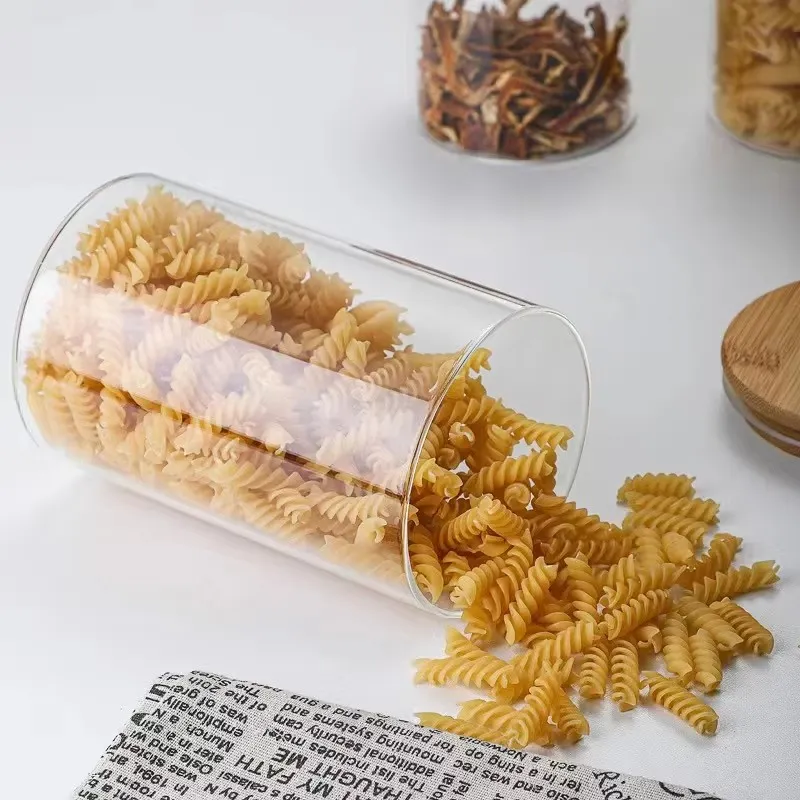
(glass flower teapot)
